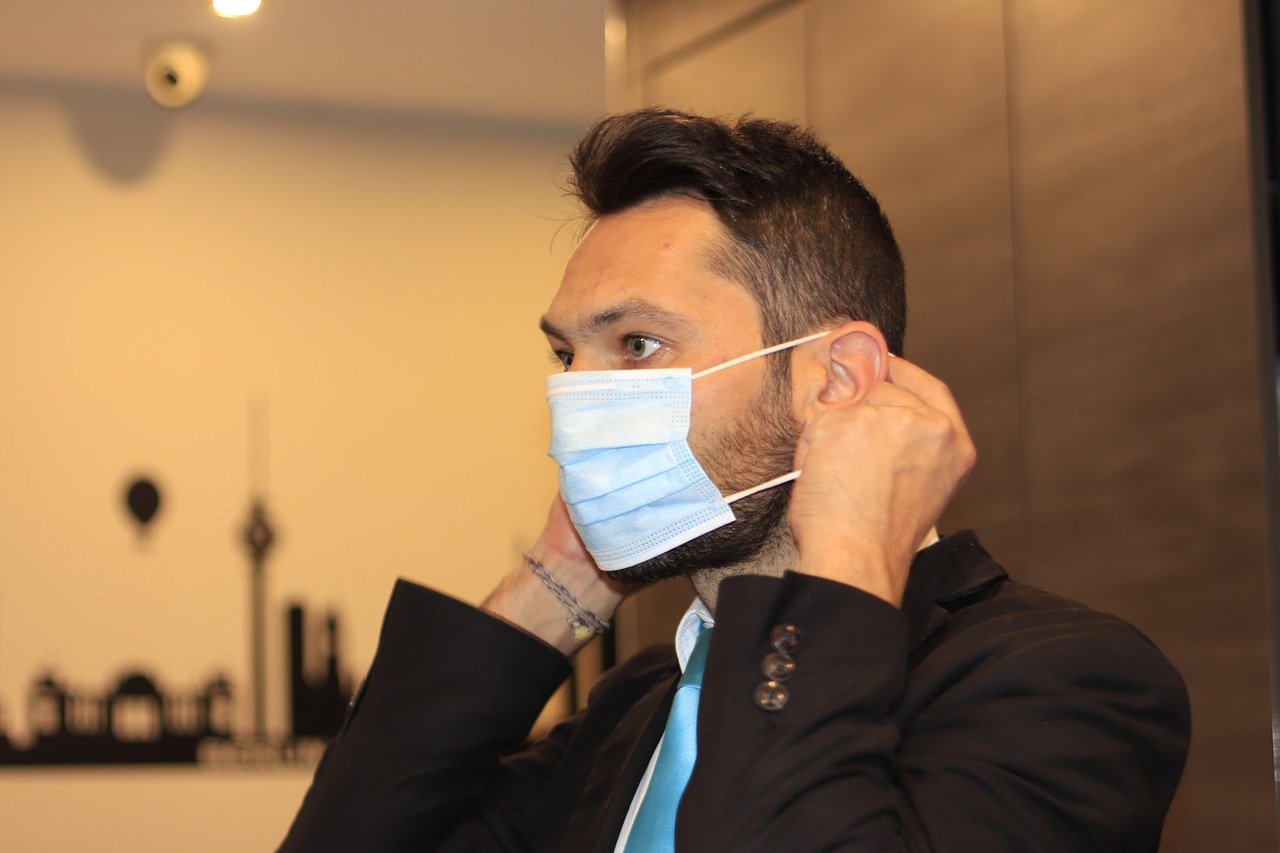Preparing Your Team to Go Back To the Office
I can remember writing in my journal at the end of last year. I was ready to look forward to a New Year and some fresh energy, and I wrote down the things I was proud of for the year and the things I thought I could do better. And after some reflection, I wrote out a plan for 2020. My plan, like most of yours, has been chucked out of the window.
We pivoted and flexed, and now, as we gradually move back to the office, our emotions and physical routines will be forced to flex again.
You may or may not have mixed emotions about getting back to the office. Perhaps you have felt the pandemic less in your community and immediate circles, and so you are roaring to get back in the swing of things: to bring on the “New Normal.”
However, your team may feel differently.
How Your Team Feels About Going Back to the Office
Their lives were disrupted. It was only five months ago that people felt disjointed while having to take their files and laptops and find a nook in the hallway or the basement to call their own. Everyone cried and laughed together as they “Zoomed” while negotiating children’s studies and snack times.
But gradually, we have started feeling safer inside. Insulated. It is a mental shift to return to an environment less protected, more routine, and perhaps for some, threatening. We know what we are doing to protect our colleagues, but do we know what they are doing to protect our families waiting for us at home?
While we work together every day and share stories at lunch, we sadly often know very little about the lives lived behind the titles or positions we carry. Lucia could have a child with a compromised immune system. Muhammed’s wife may be a borderline diabetic. Dave is the guy with all the jokes, but no one knows his father passed away recently – in a hospital alone.
The Unknown Stress People Carry
Hidden conditions create underlying stress, impacting how people come back to work, and how they work together effectively. Your team will bring their lives back to the office, but life may not feel settled at home. For some, their children may be learning remotely. Will those employees be distracted with texts and phone calls?
Odds are – yes.
Compassion, Patience, and Support are all required.
Leading People Past Their Fears
As a leader, you will be responsible for a new challenge. The organization expects to get back to business, and everyone is looking to you for team results. But you can handle that. That has been your job, and you are probably quite good at it. The challenge will be the psychological environment and how you navigate the storms coming your way. We have strict guidelines about sanitizing, distancing, reducing numbers, eating at our desk, deep office cleaning, elbow bumps, and lest we forget, masks.
But, how do we create protections for uneasy people who do not know how to express their fear? What do we do for those team members suffering from low-grade depression as a result of long-term stress? Will we have more sick days, more family leave requests, less focus, and less productivity?
How You Lead Now Will Make an Impact
These times provide an excellent opportunity to sharpen your leadership development. Understanding the underlying causes of behavior, mood, and even productivity will assist you in your ability to help your team focus and stay healthy. Your thoughtful guidance can assist employees in relocating their sense of accomplishment at work.
The US Centers for Disease and Control and Prevention released a survey on August 14 this year. In that report, a study of American respondents in June found that:
- 31% had anxiety and depression symptoms
- 26% are dealing with Trauma/Stressors related disorder symptoms
- 13% talked about increased substance abuse
Here in Canada, we will not be that different.
Knowing that your team will bring hidden emotions to the office and wear them behind their mask (or no mask) enables you to find new ways to motivate, encourage and support them through the next year.
Practical Tips for Creating a “Safe” Workplace Environment
Peter Newell is a former US Army colonel who spent years on the front lines of Iraq and Afghanistan.
In a recent article in INC.com, he shares strategies that he learned when leading troops who were working under intense stress and high-risk situations, and he generously offers some helpful tips for leaders:
- Support – Managing People is not managing their fear, but you can support them while they do. As we know, fear shows up disguised differently in different personalities. Creating an environment that allows people to share honestly and transparently, without the threat of recrimination, can be a powerful healer and inspiration. Teams rally around one another if they realize a common goal.
- Think Things Through – meet with your teams before you bring them back and find out where the gaps may occur. How will you expect them to comply with third parties? What allowance will you make for families with children in remote learning? How will you facilitate transportation issues? Etc.
- Mandate Mental Health Breaks – find ways to ensure that your team has time to renew. They may need extra help or more support. Is that in your budget? Do you have a plan?
I wrote an article recently about facing the good, bad, and ugly in ourselves. These times we live and lead in are the reason for self-growth and development. Being the best that you can be helps you take your position as a leader when people need you the most.
Now is the time to stretch yourself.
As a servant leader, you will help your people find their way to be the best version of themselves in these historic times.






